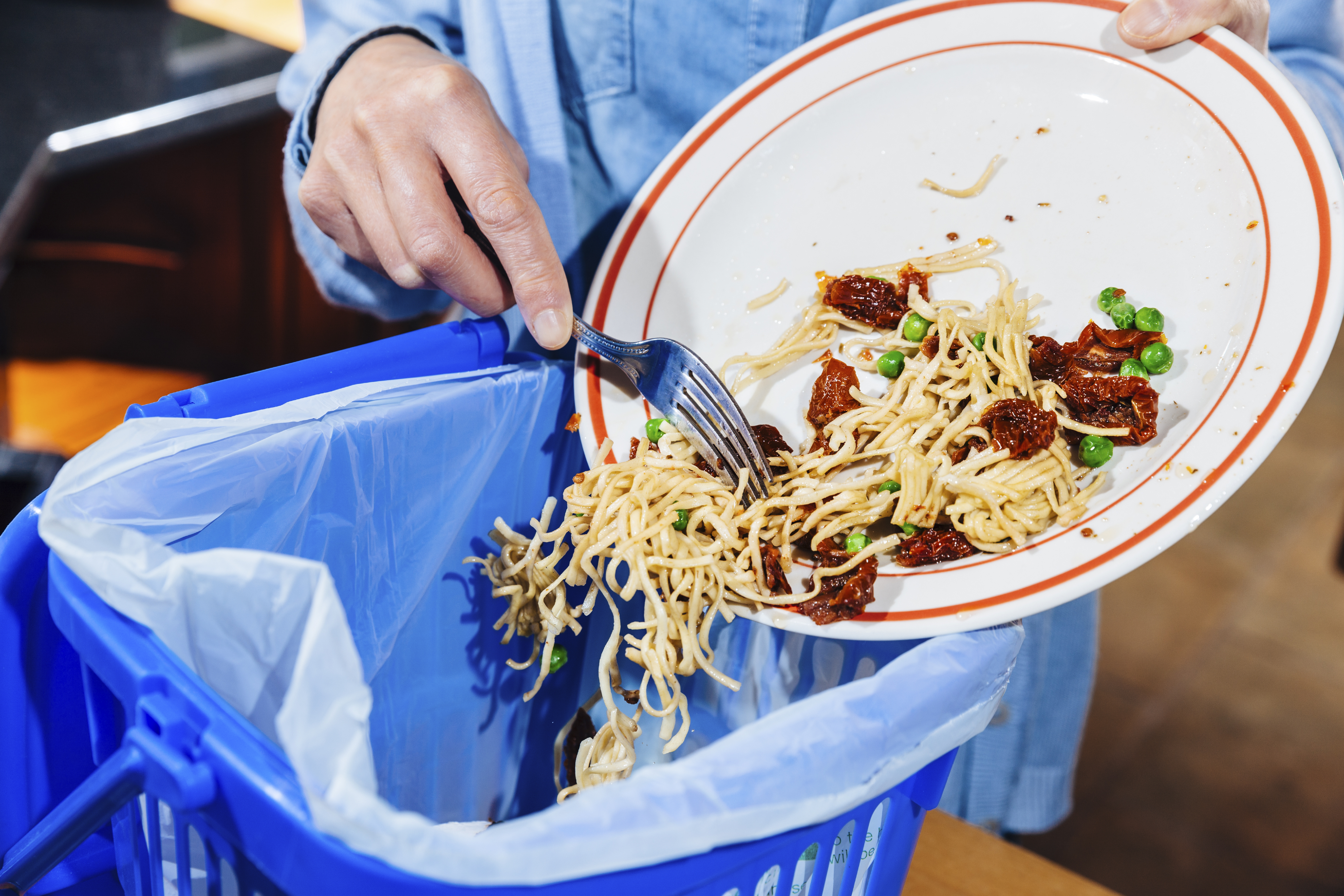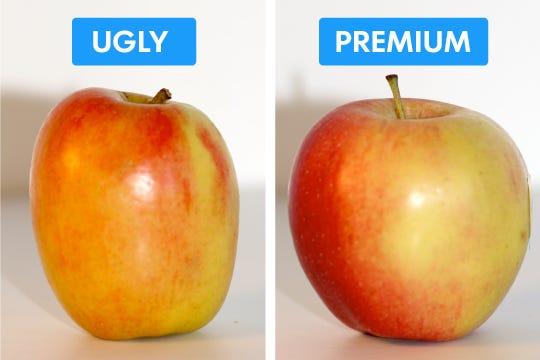
Food waste is a serious worldwide issue. It speaks of a behavioral problem that spans generations. It operates under the inequality gap of people from different walks of life. And the saddest part is that it happened where in fact many go hungry from lack of food.

Annually a third of total global food production gets wasted. This is equivalent to 1.3 billion tons of food, enough to feed more than 800 million people. And so if we would try to analyze, it’s too much a drain for our wallets. The world’s annual food waste costs about one hundred sixty-five billion dollars. This is too much money that could have been spent elsewhere – for social welfare, education, and other human needs. Above all, food waste costs too much for us to let it continue. Its environmental, social, and humanitarian impacts prove too much that it is such one that destroys our society and our beloved earth.
Food waste takes a heavy toll on our environment. First, forests are cut and burned down to make room for agricultural land. But the way things progress now, near thirty percent of this land goes to produce food gone to waste.
Second, river-wide flows of water represent the large water print of wasted food as many individuals simply throw their waste food into rivers without thinking that it is not good for the environment.
The third is the damage to the Earth’s atmosphere: Food waste produces 3.3 tons of greenhouse gases, enough to be on par with the world’s most carbon-positive countries. So you see, food waste is not just an economic issue, it is all the more an environmental issue.
Why is food waste so disgusting?
Normally, food is classified as one of the human’s basic needs. However, financially capable individuals made it their luxury as well.
Having good food is a universal human right. the capacity to sustain three nutritious meals per day is a privilege to those who are financially stable with social status. The fact that millions go hungry and die starving is a disgusting tragedy when paired with the issue of food waste.
All over the world, countless families cannot eat three full meals a day. Food-insecure households, as they are called, suffer from poverty and unstable employment. They either dive into dumpsters, beg for scraps, or simply starve. Even those who have money to spare from their odd jobs can’t buy healthy food – only processed or fast food. Because in most places, fresh wholesome food is more expensive than greasy unhealthy stuff.
The number of homeless people and food banks globally increased as standards of living and economic inequality expands cruelly. Food waste is most disgusting when seen in the context of those food-deprived individuals.
For instance, the poor of Payatas slums in the Philippines eat the infamous “pagpag”. It’s a combined food taken from the trash which they re-cook, eat and sell for a living. Even if their food is from the leftover of those financially capable citizens, they also despise them for wasting it. They call the food from the garbage “the rich’s excess leftovers”. Seeing these people scavenge for food will make you think twice about abusing your local all-you-can-eat buffet.
What fuels this food waste?
Human behavior
Over the last forty years, food has become a lot cheaper. With people becoming more affluent, food is easily wasted and thrown away. What was once a treasured meal became a disposable commodity. Corporations constantly worked out ways to trigger the natural human evolutionary impulse to take and take more.
Every week, we buy twenty to thirty percent more food than we need. We are enticed by commercials, deceptive advertising, and many other strategies that fuel overconsumption.
Stores overstock
Stores always keep their shelves full of merchandise. So their customers get attracted by new products and do more impulse buys.
Second, instead of selling out stocks, they choose to throw away remaining food or food that’s about to expire. Stores and manufacturers are also very deceptive in how they sell because they create an urgency to buy without proper guidance about expiration limits. Confusions among “expire by”, “use by”, “sell by” dates create pressure upon consumers to buy as much as possible without even thinking of the waste that comes after the purchase.
Worse, these stores just let their excess stocks be wasted rather than donating food. They think it is a lawful threat for them to donate. In fact, rather, their business model doesn’t enable them to donate due to multiple cost concerns.
Food body-shaming
It’s not normal for veggies and fruits to look so perfect. Perfect-looking food is usually grown with pesticides and other harmful chemicals to keep its aesthetic value. But not looking a certain way penalizes the produce in question. They lose two-thirds of their monetary value if they cannot meet the specific standards of a certain country.

However, having brown spots or uneven skin tone doesn’t dilute the taste nor decrease the nutrients of a fruit or vegetable. And if you look deeper, after cooking, you won’t be able to tell whether a vegetable looks imperfect or not. What matters most is its health benefits and edible quality.
Solutions
Food waste is a societal and behavioral issue. So it should be approached in two ways: macro level and individual level.
First, on a macro-level, governments should incentivize donating food. Give tax credits and other benefits so that people, businesses, and institutions will be encouraged to donate unconsumed food.
Next, retailers and restaurants should donate unsold food to local charities and startup companies (particularly, imperfectly looking produce). Then for food which doesn’t fit for human consumption should be given to animals – to pigs, dogs, etc.
As individuals, you can also practice habits to lessen or prevent food waste. It will save you many bucks in the long run. First, buy and eat only what you need. Refrain from throwing food. Treasure every piece, every particle that you have on your plate.
Second, reuse leftovers. Be creative with meal planning. Last night’s dinner can become material for the next day’s breakfast. Lastly, separate food waste from others and put it straight to composting.





Keep up the wonderful work, I read few content on this web site and I think that your web blog is rather interesting and has got circles of excellent info .